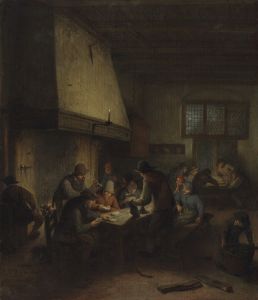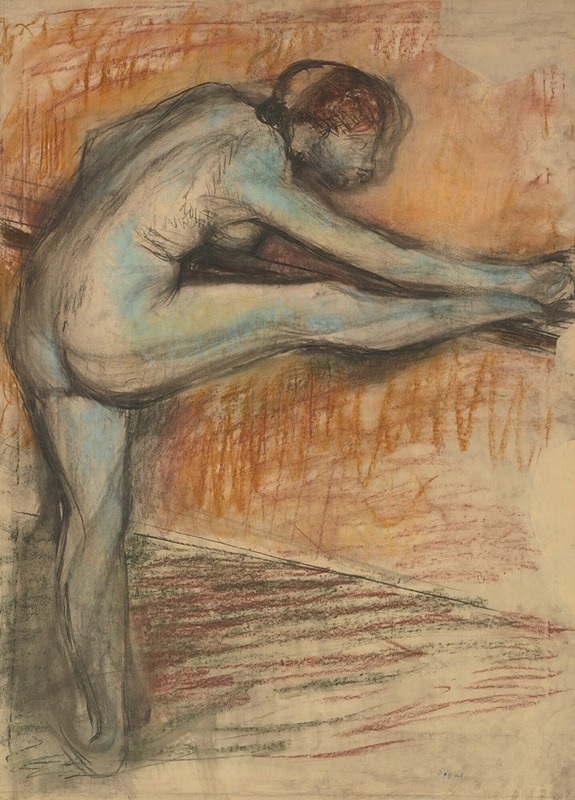
Étude De Nu Pour Une Danseuse À La Barre
A hand-painted replica of Edgar Degas’s masterpiece Étude De Nu Pour Une Danseuse À La Barre, meticulously crafted by professional artists to capture the true essence of the original. Each piece is created with museum-quality canvas and rare mineral pigments, carefully painted by experienced artists with delicate brushstrokes and rich, layered colors to perfectly recreate the texture of the original artwork. Unlike machine-printed reproductions, this hand-painted version brings the painting to life, infused with the artist’s emotions and skill in every stroke. Whether for personal collection or home decoration, it instantly elevates the artistic atmosphere of any space.
Edgar Degas, a prominent French artist associated with the Impressionist movement, is renowned for his works that capture the grace and dynamism of dancers. One of his notable works, "Étude De Nu Pour Une Danseuse À La Barre," exemplifies his fascination with the human form and movement, particularly in the context of ballet.
Degas was born on July 19, 1834, in Paris, France, and he developed an early interest in art, studying at the École des Beaux-Arts. Although he is often associated with Impressionism, Degas preferred to be called a realist. His works are characterized by their innovative composition, perspective, and focus on the human figure, often capturing moments of modern life in Paris.
"Étude De Nu Pour Une Danseuse À La Barre" is a study that reflects Degas's meticulous approach to understanding the anatomy and movement of dancers. This work is part of a larger body of studies and paintings where Degas explored the theme of ballet dancers, a subject he returned to repeatedly throughout his career. His interest in ballet was not just in the performance itself but in the behind-the-scenes moments, the rehearsals, and the everyday life of the dancers.
Degas's technique in this study, as in many of his works, involves a keen observation of the human body. He often used pastels, oils, and sometimes mixed media to achieve the desired effect. His studies of dancers are noted for their dynamic compositions and the way they capture the tension and energy of the dancers' movements. In "Étude De Nu Pour Une Danseuse À La Barre," Degas focuses on the nude form, emphasizing the musculature and posture required in ballet.
The choice to depict dancers in various states of undress was not uncommon for Degas, as it allowed him to study the mechanics of the body without the distraction of costumes. This approach provided a raw and honest portrayal of the physical demands placed on dancers, highlighting their strength and discipline.
Degas's works, including "Étude De Nu Pour Une Danseuse À La Barre," are celebrated for their innovative use of perspective and composition. He often employed unusual angles and viewpoints, which gave his works a sense of immediacy and intimacy. This technique can be seen in the way he captures the dancer's form, often from unexpected angles that emphasize the movement and grace of the subject.
Throughout his career, Degas's work was influenced by his interest in photography and Japanese prints, both of which informed his approach to composition and perspective. His studies of dancers are a testament to his ability to blend these influences with his own unique style, resulting in works that are both technically proficient and emotionally resonant.
Degas passed away on September 27, 1917, in Paris, leaving behind a legacy that continues to influence artists today. His studies of dancers, including "Étude De Nu Pour Une Danseuse À La Barre," remain some of his most celebrated works, admired for their insight into the world of ballet and their masterful depiction of the human form.





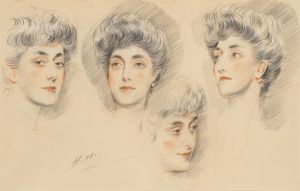

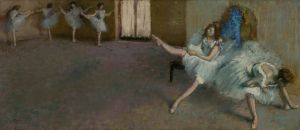
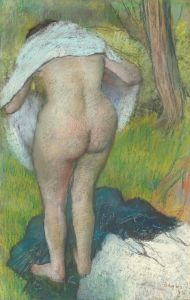
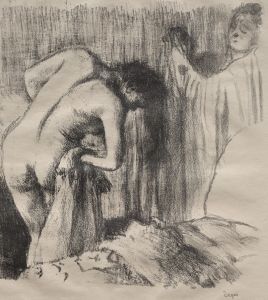
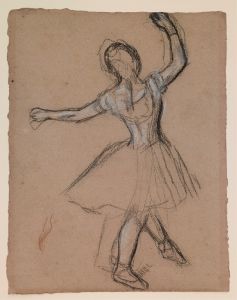
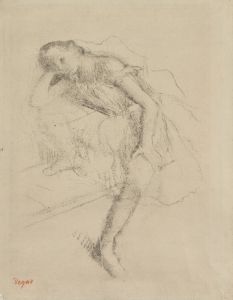
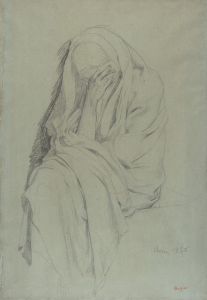
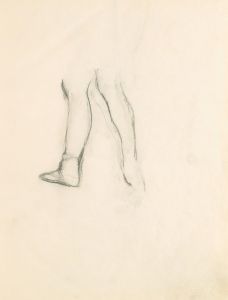
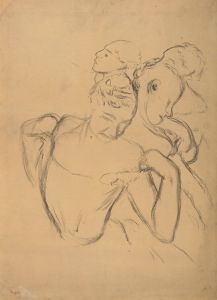
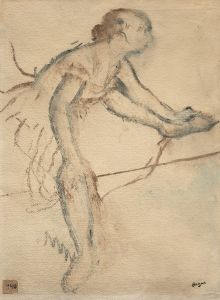
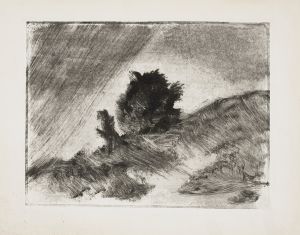
![Designs and photographs for alterations to St. James Bar Restaurant, W. 181st St. and Broadway, New York, NY.] [Study of exterior elevation](/imgs/249309/s/winold-reiss-designs-and-photographs-for-alterations-to-st-james-bar-restaurant-w-181st-st-and-broadway-new-york-ny-study-of-exterior-elevation-81a59d40.jpg)
